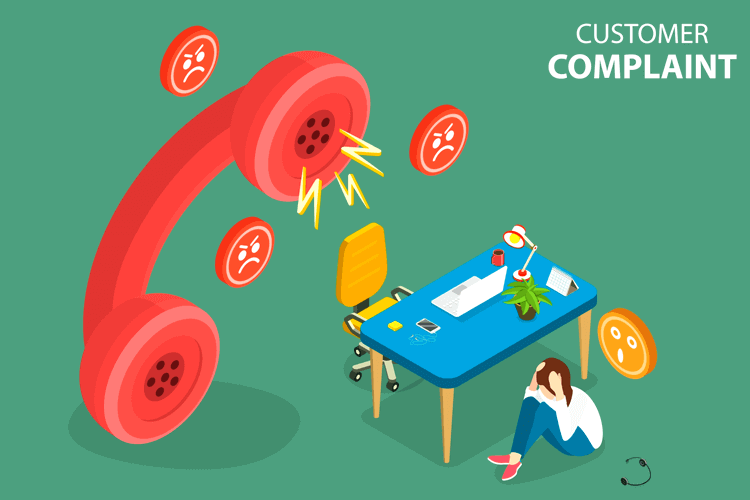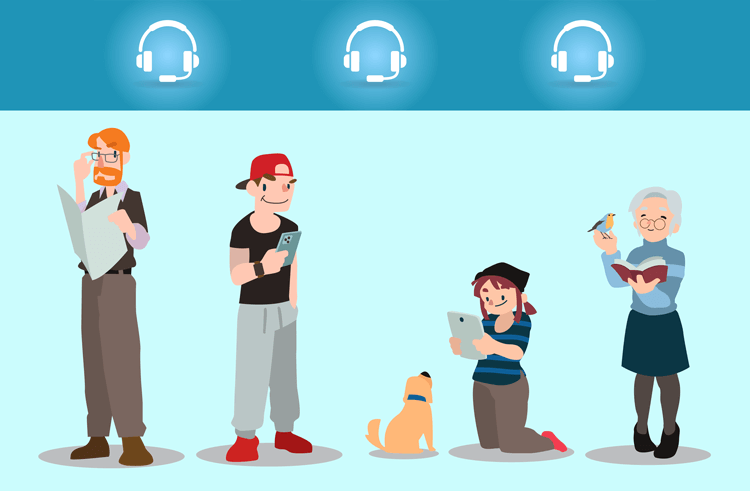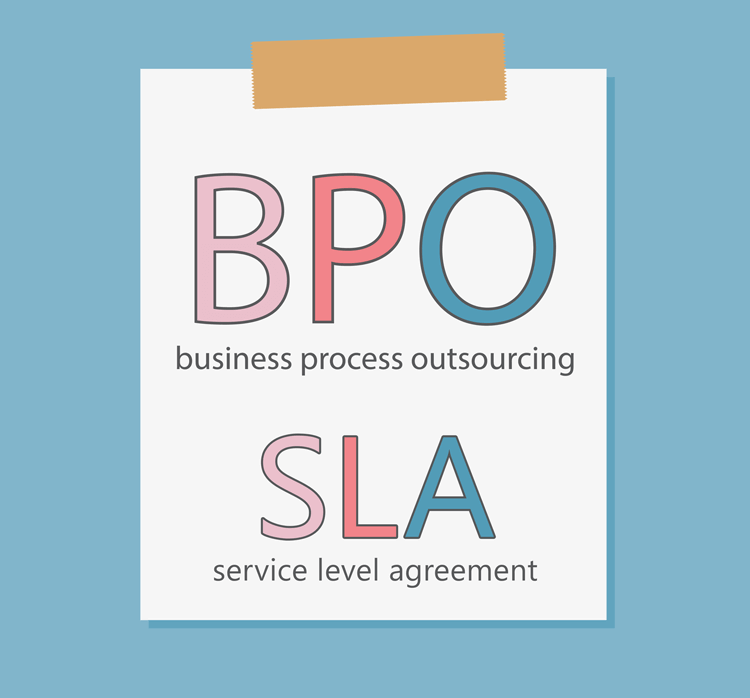Help Desk Tips: How to Deal With Angry Customers
Have you noticed people seem to be angrier these days? It is more than a coincidence. Polling company, Gallup, surveyed 160,000 people in 116 countries during 2020 and early 2021. The results, shared via Forbes, show that anger, stress, and sadness are at all-time highs. Interestingly enough, it is not solely due to the global pandemic - which has certainly raised tensions. These statistics have been trending in the wrong direction for many years now. Uncertainty seems to be the biggest contributor to people feeling down or upset. As is highlighted in the survey, 4 in 10 adults have experienced some form of stress or worry in recent times.

Although some people bottle up their feelings, others deal with it differently - taking it out on friends, family, or even people they do not know personally, like fellow drivers or call center agents. For those in the customer service industry, these behaviors have made applying for a job or even showing up to work more daunting. Despite the decline in an upbeat society, there are ways that employees, especially those working in call centers or help desks, can calm the nerves. Continue reading to learn more about how to deal with difficult customers - perhaps you can even flip their mood!
How Does Consumer Dissatisfaction Affect Customer Service Staff?
Dealing with difficult customers can be draining. Aggressive rhetoric towards the organization, which can sometimes turn personal, is never an exciting prospect. These calls or chats can last longer than usual, include more unpleasant commentary, and are more likely to end without the desired resolution. Enduring these situations can affect staff in several ways, for example:
- Lower morale
- Increased anxiety
- Negative outlook towards the job or other careers in the same field
How are Customer Service Call Centers Revisiting Client De-escalation?
It is inevitable. Call center staff will eventually encounter customers who are unhappy. Staff are often trained to remain calm and to never respond using the same emotions being expressed by the customer on the other end. So, if you are looking for ways on how to de-escalate an angry customer, we have a few tips.
Though, before we jump into tips on de-escalation, consider a few things you should never do, courtesy of Simply Contact.
- Do not get angry with the customer - This only makes a bad situation worse
- Do not be overly apologetic - Customers may see this as weakness and attempt to further control a situation
- Do not try to 'leave' - Ending a call abruptly can infuriate an angry customer further. They will more than likely call back again - more upset than they were before
Are you wondering how to respond to an angry customer, even an irate customer? Here are a few tips.
- Practice active listening - Repeat information the customer tells you back to them. This action will show that you listened to what they had to say. Doing this does not mean you need to repeat everything they say. This practice could be as simple as summarizing their issue back to them, demonstrating that you have heard and understand their concern
- Be empathetic - Apologize for the situation and let the customer know that you understand. Of course, keep in mind the point made above about not being overly apologetic
- Let the customer talk - When anger takes over, talking about it, otherwise referred to as "venting", is a helpful tactic. So, one of the best ways to de-escalate an angry customer is by letting them vent without interruption. Allow them to say everything they want and only intervene when you are confident they are finished
- Try to avoid the hold button - Placing angry customers on hold can infuriate them further. Sometimes setting the phone down without actually placing it on hold can be more reassuring to the customer. In this case, the customer can hear background noise, such as keystrokes or distant conversations that may indicate that their issue is actively being worked on
- Stay calm and don't take it personally - The customer is upset at a situation. It might be a defective product, the parameters of a return policy, or something else entirely. In any case, they may be upset at the organization you work for, but not you personally. This is an important distinction to make, especially when trying to remain calm in a tense situation. Raising your voice or being combative may only escalate the situation further
Exploring the Internal Pressures Faced by Call Center and Help Desk Managers
Figuring out how to de-escalate an angry customer is not the only pressure facing customer service and help desk agents. There are internal pressures also at play. For customers, it is important to realize what agents on the other end are going through. While for management, looking for ways to alleviate these pressures should be top of mind in today's society.
- Time targets - Customer service and help desk agents are sometimes under pressure to resolve customer issues in the shortest amount of time possible. Among other things, these time targets ensure customers are not enduring long waits on hold or lengthy call resolution times. These time targets can ultimately be tied to performance reviews and affect opportunities for salary increases
- Long working hours - Shifts in this field can range from anywhere between 8 and 12 hours. Though the shifts can be made to feel longer when dealing with angry customers
- Selling add-ons - Many organizations encourage or mandate that their agents sell additional items when taking calls. For example, if a customer purchases a TV, they may be offered a supplemental warranty. Although it would vary by industry, most customers are only interested in the product purchased, making the sale of an add-on quite difficult
How can Artificial Intelligence (AI) Play a Role in Alleviating Employee and Client Stress
AI technology is advancing at an incredible pace.
From the customer service perspective, chatbots are one of the best AI tools available. Customers can interact with a virtual agent to get answers to common questions. This ability alleviates customer frustration and also frees up employee time. Depending on the platform your organization uses, an AI-driven chatbot can also suggest responses for agents to use.
Beyond chatbots, organizations can utilize AI to gather large amounts of data, anticipate purchase trends, and integrate with CRM platforms.
The Bottom Line: De-escalation is Essential
In a world that seems more frustrated than ever, staying calm is a great overall tactic to employ. For those who work as customer service or help desk agents, de-escalating situations has become another skill, essential to the job. Using the tips shared in this post, employers and employees can promote more stress-free work environments.



